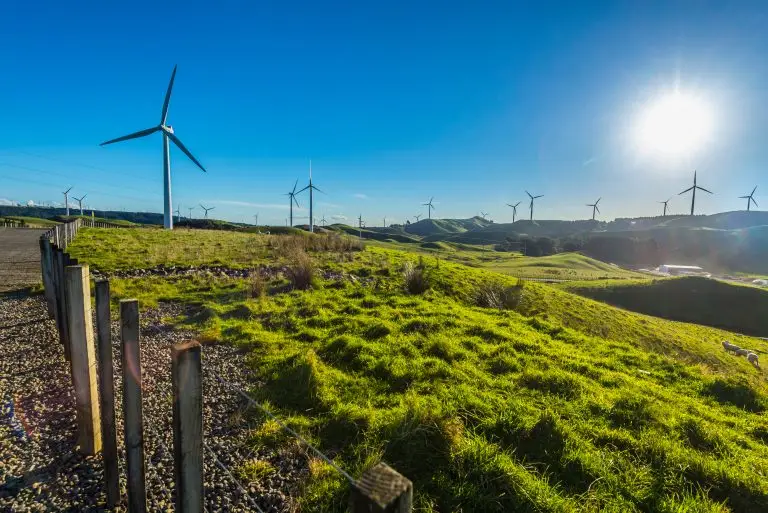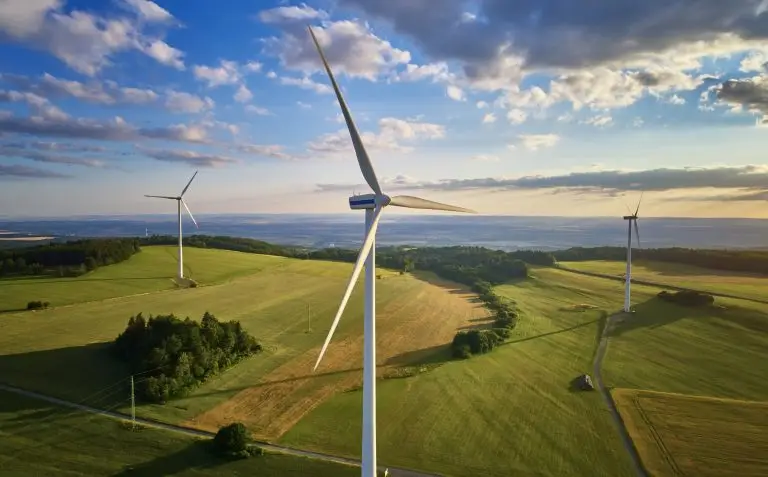Context
The need of the Romanian agricultural sector to ensure animal feed, complemented by the context of the economic-financial crisis of the early 2010s, led the Romanian Government to adopt, in 2013, an Emergency Ordinance which regulated the use and exploitation of pasture land (“OUG 34/2013“).
Considering that pastures are used for grazing animals and producing fodder crops, and that for many livestock breeders the green mass obtained from the pastures is the only source of food during the summer, the Government deemed it necessary to keep the total area of pastures in Romania at the level as of January 1, 2007, without making any distinction as to which public or private entities own them.
In parallel, the rapid growth of the renewable energy sector in Romania in recent years, driven by the European Union’s green energy targets and the global push for sustainability, has led to a significant increase in the demand for land suitable for renewable energy projects. As traditional arable land becomes increasingly scarce and expensive, developers have turned their attention to pastures, which are often seen as underutilized or less economically productive.
This shift has resulted in growing pressure to repurpose these lands for renewable energy installations, raising complex legal and environmental challenges regarding the dual-use of pastures for both agricultural purposes and renewable energy development.
The existing legal framework
In order to start renewable energy investments on pastures, the land must first be (i) permanently or temporarily removed from the agricultural circuit, with the approval of the Ministry of Agriculture and Rural Development, and (ii) in case of pastures permanently removed from the agricultural circuit, the investor is obligated to restore an equivalent area of non-productive land to productive use.
However, starting from 2022, the law introduced the concept of dual use for agricultural land located outside the city limits, allowing it to serve both agricultural production and renewable electricity generation. Consequently, the need for permanent or temporary removal from the agricultural circuit no longer applies to the entire land, but only to the area occupied by the renewable energy investments, with the remainder continuing to pertain to the agricultural circuit. OUG 34/2013 further allows for the dual use of pastures, enabling them to support both grazing and fodder production alongside production of electricity from renewable sources.
Despite the introduction of the dual-use concept, the absence of clear implementation norms rendered it ineffective in practice. Without specific guidelines, stakeholders were left uncertain about how to apply the concept, leading to its widespread non-application. As a result, the potential for using pastures for both renewable energy projects and traditional agricultural activities remained largely untapped.
Changes proposed under the Draft Government Decision
To address this, the Romanian Government has published a draft decision (“Draft Decision“) in order to amend the Methodological Norms of OUG 34/2013 with the aim to clarify and facilitate the application of the dual-use concept. As an overview, the Draft Decision provides a clearer regulation of the dual use of permanent pastures, highlighting the Romanian legislator’s orientation towards providing greater protection to agricultural activities while also allowing renewable energy production activities.
The concept of good exploitation of pastures for dual use is defined, which implies that the location of specific objectives for the production of electricity from renewable sources should not affect fodder plants located on the area where the agricultural activity is carried out, and the height of the objectives and the distance between rows should ensure the movement, physical safety and shelter of animals.
Further, the Draft Decision introduces the notion of permanent pasture used in a dual system which includes: the area of pasture on which agricultural activity is carried out together with the area of pasture used for the equipment related to a renewable energy project (such as poles, inverters, transformer stations, etc.) with the mention that the latter, i.e. the renewable energy project, may occupy a maximum of 20% of the total surface of permanent pasture used in a dual system (as example, for a surface of 50 haused in dual system, the area used for agricultural activity will be of 40 ha, while the surface that can be occupied by the renewable energy project with the corresponding equipment will be of 10 ha). The surface reserved for the renewable energy project should also be removed from the agricultural circuit, in accordance with the legal provisions in force.
While at a first glance the 20% quota seems unambiguous, upon closer analysis of the subsequent proposed amendments, this percentage becomes questionable. Specifically, the Draft Decision mentions that the surface proposed to be removed from the agricultural circuit, i.e. the surface related to the production of renewable energy, will be individualized at the level of each tarla and parcela within one hectare and that the area occupied by these objectives will be a maximum of 20% of the total area of 50 hectares/target of investment, used in the dual system. Although the wording is not very clear, we believe that the aim is to have the 20% occupancy percentage related to the total area of land secured for the development of the renewable project, but no more than 50 hectares. In this respect, as the quota would not adjust according to the land surface (irrelevant if it is 50 ha or 2 ha), it will become difficult to develop certain types of projects where normally smaller land would have been secured (e.g. storage projects).
Subsequently, the Draft Decision provides two ways in which the two activities may be performed, i.e. either by a single user carrying out both the agricultural activity and the renewable energy activity on the land or by two users, one for the agricultural activity and the other for the activity of electricity production from renewable sources. In the latter case, the Draft Decision stipulates the conclusion of express agreement(s), as follows: one agreement for the use of the land plot (for energy production), if the other party is the owner of the pasture land, or two agreements for the use of the land plot for each of the activities (one for agricultural activity and the second for energy production).
The Draft Decision also stipulates the general clauses and information to be included in such agreements, namely: (a) the surfaceintended to be used for agricultural activities, depending on the animals of bovine, ovine, caprine and equine species (which are provided under the Draft Decision), (b) grazing capacity and grazing period, (c) the way of implementation of the management measures for permanent pasture established by the pastoral planning, (d) the surface to be occupied by the investment objectives specific to the production of energy from renewable sources, (e) measures to ensure animal welfare conditions.
Conclusion
A clearer regulation for this matter, which would really allow the dual system to be applied to meadow land, was expected and desired in relation to the current and European visions. However, from certain perspectives, it seems that this Draft Decision will also raise some question marks in relation to the concrete way of implementation. The amendments under the Draft Decision are of particular importance for the future of renewable energy in Romania and, with respect to using pastures in a dual system, require special consideration to ensure a fair balance between agricultural activity and production of renewable energy. At the same time, it is important to emphasize the need to correlate it with the existing provisions in force in order to have a straightforward legislation and procedure.



